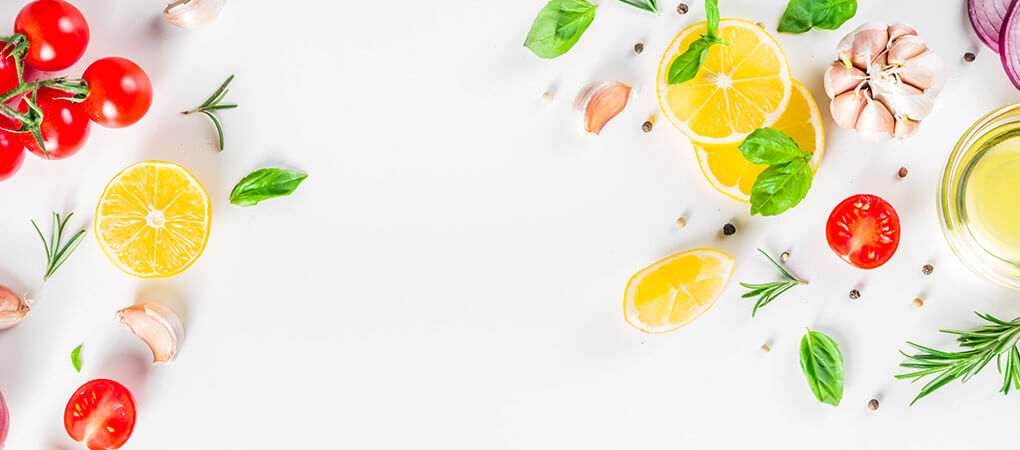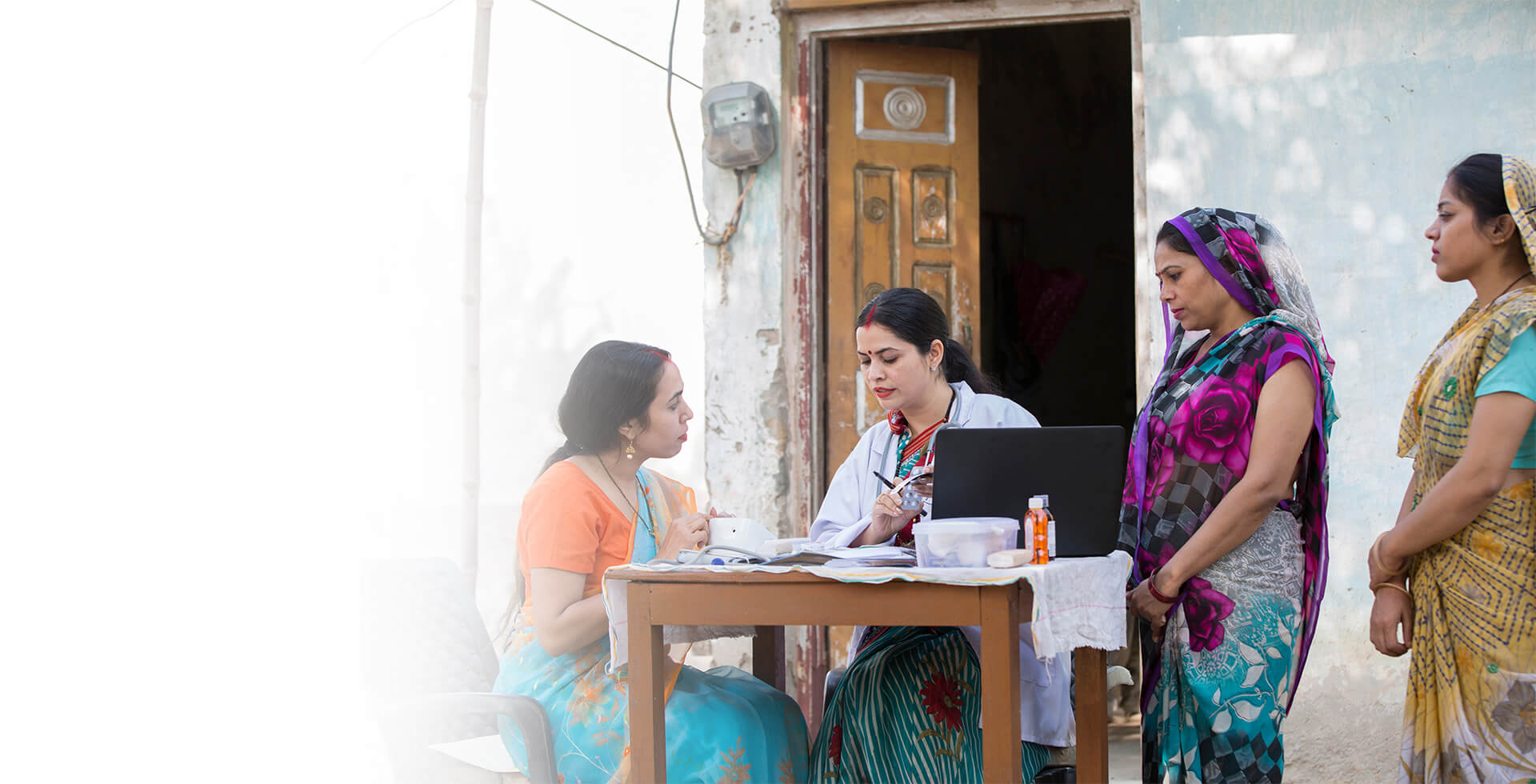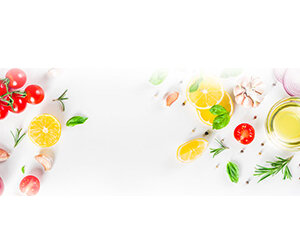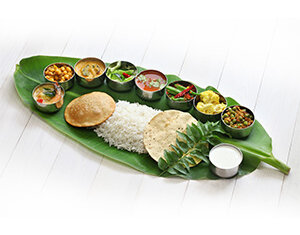Blog
How to Balance Vata Dosha
Ayurvedic Diet

Vata dosha one of the doshas that mainly predominates movements in the body and activities of the nervous system. People with vata dosha are the kinds who are always on the go, have a creative mind and are full of vivacity and energy. The qualities of vata dosha include cold, dry quick, moving, changeable, lively and enthusiastic. They usually have a lean body and are blessed with great amount of agility.
Physical Characteristics of Vata Dosha:
- Thin/ light body frame
- Sensitive digestion
- Energetic
- Dry skin & hair
- Cold hands & feet
- Sudden bouts of fatigue & tiredness
When vata is balanced, energy flows into the body and people with vata dosha can be seen being on their toes all the time. But when vata imbalance happens, they can experience physical/bodily issues like constipation, hypertension, weakness, arthritis, restlessness and other stomach or digestion related problems. Therefore, vata pacifying foods and a diet of fresh cooked meals or food that are soft & mushy are recommended by our Indian Ayurveda practices to keep the vata balanced.
How to Balance Vata Dosha:
Vata is cold and dry and so a vata pacifying diet of foods that can neutralize this is suggested. Regular intake of foods that are warm, oily, moist, smooth and nourishing can negate the impact of vata imbalance in the body. Practicing Vata Dosha Yoga can also prove helpful.
List of Vata Pacifying Foods:
- Vata pacifying diet you should consume:
Hot soups & stews; hot fluids that are not cooler than room temperature, ghee, nuts, avocado, coconut, olives, buttermilk, cheese, eggs, whole milk, wheat; moist foods like melons, berries, zucchini, squash and yogurt; warm spices like ginger, turmeric, cinnamon, flaxseeds etc.; sweet forms the foundation of a vata pacifying diet so gorge but only in moderation on sweet things. - Vata imbalance diet to avoid:
Cold and carbonated drinks, raw or uncooked fruits & vegetables, frozen foods and drinks, leftovers from the refrigerator.
How to Reduce Vata:
In a nutshell, if how to balance vata dosha with food is the question that needs immediate attention, here are few quick things to keep in mind:
- Avoid cold foods & drinks and go for warmth
- Favour nourishing foods over light food
- Smooth over rough always aids in combating the problem of vata imbalance
- Moist over oily and dry food is the best way to keep your vata balanced & strong
- Say no to raw or undercooked meals if you are seeking a definitive answer to the question of how to balance vata dosha
How to balance vata dosha using regular vata diet:
When it comes to balancing vata, how and what you eat plays a very important role. Vata thrives when you eat in a soothing and peaceful environment and by paying full attention to your meal. A vata diet is nothing but a combination of highly nourishing and fulfilling food items that will improve your appetite, aid proper digestion, support elimination and nourish your body.
Here are few suggestive vata pacifying foods meals that you can take through the day and find the answer to your how to reduce vata:
- Breakfast:
It is one of the most important meals of the day that can elevate your mood and energies your body for the rigors of the day. After a night of fasting, vata needs nourishment. To set the body in motion and to make it agile, you should follow the below given vata pacifying diet.- A wholesome meal of eggs, avocado, buttered toast & sautéed veggies
- Hot cereals like porridge, oat meals, rice pudding and a glass of hot milk
- Bread spread with maple syrup, almond butter, honey, cinnamon or even ginger & cloves is a delicious way to kick start the day
- Lunch:
Keeping your lunch time meal nourishing and hearty will help find answers to the question of how to control vata and also keep you away from reaching out for those in between meal snacks. For a vata pacifying diet, you must try include the below mentioned things in your lunch.- Start with a small salad of cooked beans, mung dal and coconut tossed in a tangy dressing of lemon and vinegar
- Steamed rice, veggies, fish is also a great option
- For those who like their meals to be a little more elaborate, a vata diet of pesto, pasta, potato leek soup, baked tofu, cheese and pine nuts is also a great option
- Dinner:
Wondering how to balance vata? Keep your dinner light and simple. A nourishing yet small meal at night can go a great deal in keeping your vata controlled and balanced. Try the below given vata diet for maximum effects.- Soups made of carrots, potato, mushroom or any vegetable you prefer
- Baked potato, sweet potato, beans or any other light variant
Vata dosha home remedies:
If you are experiencing problems like dry skin, constipation, disturbed sleep, dizziness, weight loss and decreased strength; there are chances you have suffered from vata imbalance. To tackle the problem of how to balance vata, you must practice the below given vata dosha home remedies on a regular basis.
- Wear warm and layered clothes
- Administer regular body and head massages
- Avoid fasting or going empty stomach for long
- Take regular steam baths
- Practice mild purification procedures like basti or vamana
- Dry roast asafetida and add it to buttermilk. Drink this delicious vata diet drink through the day for effective results
- 1-2 gms of jaggery can be consumed daily to combat the issue of how to balance vata
- A glass of warm water mixed with a teaspoon of ginger powder can be had first thing in the morning on an empty stomach. This ill not only balance vata dosha but also keep you hydrated through the day
- Eat a mix of a pinch of nutmeg powder mixed with honey in the morning. No more will you be bothered with how to balance vata
- Consumption of papaya and pomegranate fruits daily is an integral part of the vata diet. It will relieve you of the problem of constipation and also the question of how to balance vata.
- Including garlic, ginger and nutmeg in your everyday cooking can help you balance your vata dosha












